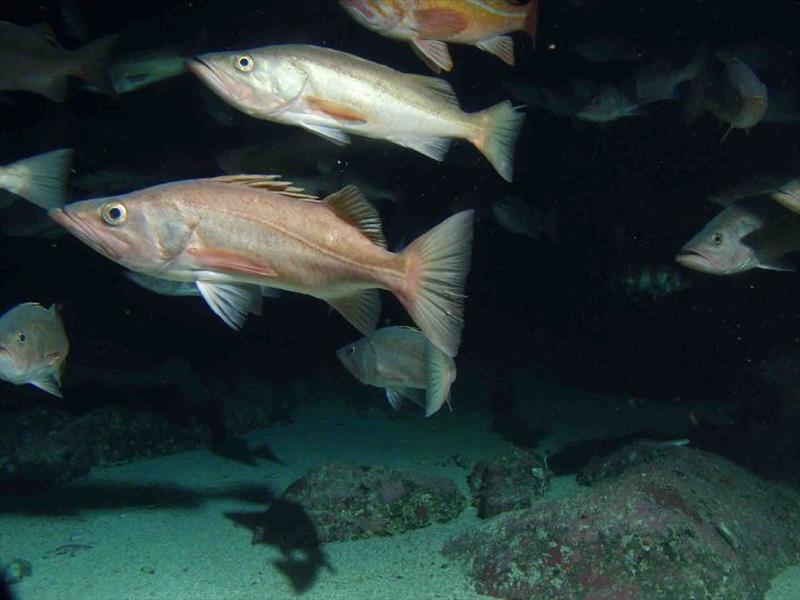
Pacific ocean perch adds to West Coast groundfish rebuilding success
by NOAA Fisheries 14 Dec 2017 16:44 UTC

Bocaccio rockfish © Mary Nishimoto / NOAA
NOAA Fisheries has declared Pacific ocean perch rebuilt, making this the third groundfish stock to rebuild this year, following the rebuilding of bocaccio and darkblotched rockfish.
The rebound of the three groundfish species well ahead of schedule reflects sound science and management and strong partnerships among NOAA Fisheries, the Pacific Fishery Management Council and the fishing industry.
"It is remarkable that the rebuilding of Pacific ocean perch was accomplished 34 years ahead of schedule. It is the strong partnership between fishery managers and industry and the strong commitment to catch limitations that allowed it to happen."," said Barry Thom, Regional Administrator of NOAA Fisheries West Coast Region.
Pacific ocean perch was among 10 species of West Coast groundfish that NOAA Fisheries declared overfished close to 20 years ago. The agency adopted a rebuilding plan for the species under the Magnuson-Stevens Fishery Conservation and Management Act in 2000. The plan reduced commercial harvests and targeted rebuilding the species by 2051, but a new assessment found that the species has already achieved that goal.
Several strategies helped rebuild Pacific ocean perch faster than expected, including substantial reductions in both directed and incidental catch, habitat area closures, and monitoring by scientific observers. Creation of individual fishing quotas, also known as catch shares, for the West Coast groundfish fishery in 2011 also helped realize catch reductions.
The catch share program gave fishermen the flexibility to use innovative methods to harvest other, healthier groundfish stocks while avoiding species such as Pacific ocean perch so they could continue rebuilding. Catch shares also gave fishermen more discretion over how, where and when they fish so they could pursue their catch more efficiently based on the weather, market conditions, and other factors.
This newest success story adds to the growing rebuilding success of West Coast groundfish species since about 2000, with eight of 10 stocks that were declared overfished now rebuilt. Nationally, this brings the total number of stocks rebuilt by NOAA Fisheries since 2000 to 44.
Read more about the rebuilding success of other species of West Coast groundfish, here.